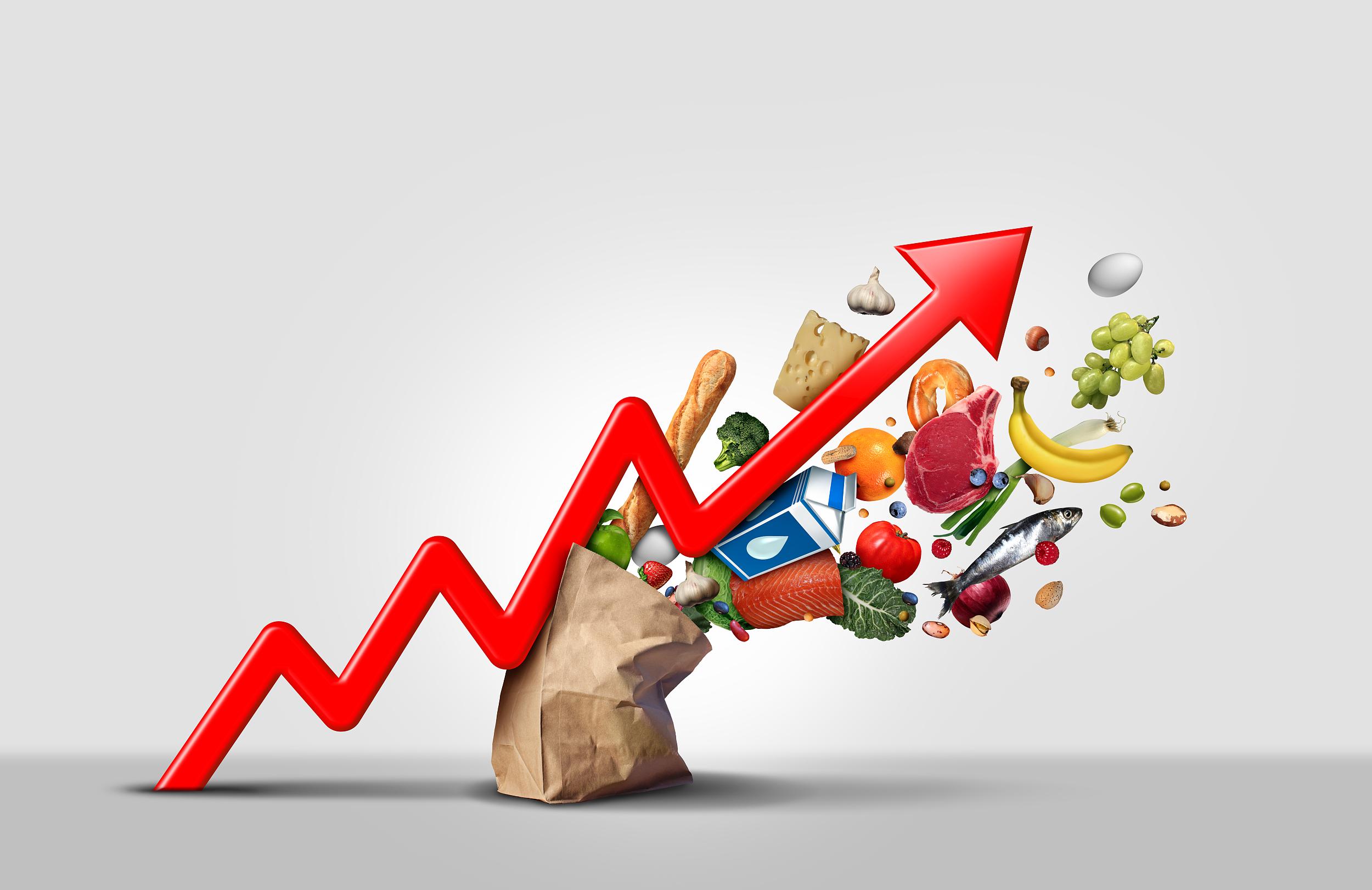
In recent times, amid global uncertainties, inflation has become a focal point in economic discussions. But what is inflation, and why is it currently a major topic of concern?
The Rising Tide of Prices
You’ve likely heard someone reminisce about how “back in their day,” things were much cheaper—like a new car costing just $3,000. This rise in prices over time is what economists call inflation. It’s akin to inflating a balloon; the product remains the same, but its price swells.
Inflation can arise from several factors, illustrated here with the example of car buying:
- Increased Production Costs: If the cost of steel for car engines rises, manufacturers may hike their prices to maintain profit margins.
- Supply and Demand Dynamics: Limited car availability or increased consumer demand can drive prices up. During the pandemic, for instance, car supplies dropped due to factory shutdowns while demand surged as people sought escape from confinement.
- Monetary Supply Changes: The amount of money circulating within the economy, influenced by central banks’ interest rates and government spending, also affects inflation. Lower interest rates and increased government expenditure can lead to higher inflation.
The Consumer Price Index (CPI) is a common measure of inflation, tracking the cost changes for a basket of essential goods and services over time.
The Dual Nature of Inflation
Inflation isn’t inherently bad. The Federal Reserve, which manages U.S. monetary policy, aims for a 2% inflation rate annually to promote steady economic growth. This target encourages spending: if you anticipate a car will cost more next year, you might buy it now, stimulating economic activity from production to sales.
However, inflation can erode purchasing power—what your money can buy today might not stretch as far tomorrow. Rapid inflation can particularly strain consumers, making it harder to afford basic needs without adequate wage adjustments.
The Flip Side: Deflation
While lower prices might seem beneficial, economists worry about deflation—the scenario where prices continuously drop. If people expect that prices will fall further, they may delay purchases. This reduced spending can lead to a vicious cycle of decreased business revenue, layoffs, and lower economic output, harming the overall economy.
Why Inflation Is Accelerating
The pandemic created a perfect storm for inflation by disrupting supply chains and increasing demand in certain sectors like technology and e-commerce. At the same time, significant government spending and low interest rates injected more money into the economy, further fueling inflation.
Looking Ahead: Taming Inflation
With the worst of the pandemic behind us, the focus is shifting towards managing inflation. Governments are curtailing spending, and central banks are hiking interest rates to tighten the money supply. These measures aim to stabilize prices, though their effects will unfold gradually.
For now, consumers might continue facing high prices for essentials, but the broader economic outlook is positive. The U.S. economy is projected to grow robustly this year, and employment rates are improving. Despite the challenges posed by high inflation, the economy is on a recovery path.
As we navigate these turbulent economic waters, understanding the dynamics of inflation is crucial for both personal finance management and broader economic participation.




